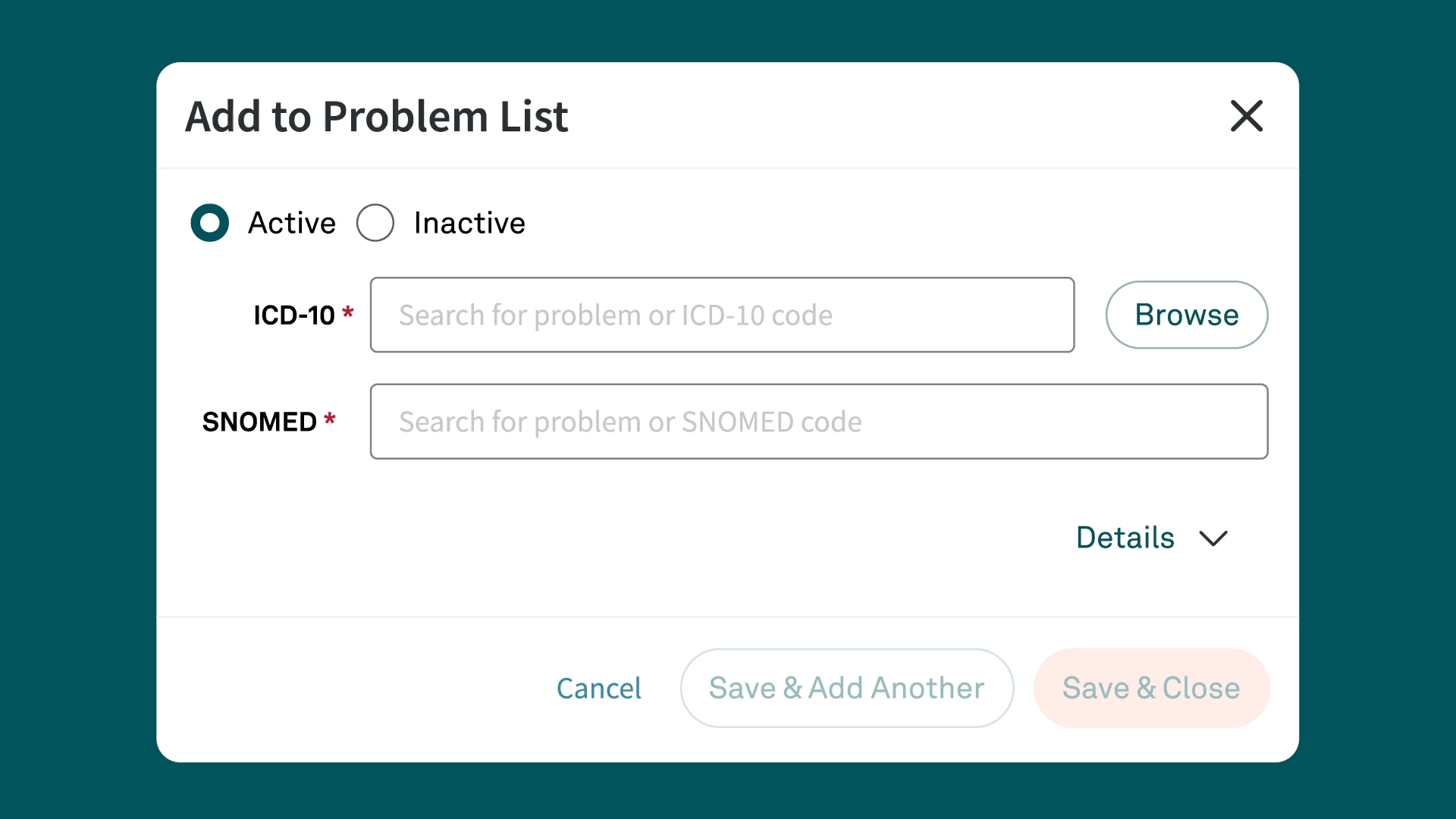ICD-10 Code R07.9
Unspecified chest pain
What is the code R07.9?
R07.9 is an ICD-10-CM code that denotes "unspecified chest pain." Healthcare providers use this code to document instances where a patient presents with chest pain, but the specific cause has not been determined. It falls under the International Classification of Diseases, 10th revision, Clinical Modification (ICD-10-CM) category of "symptoms, signs, and abnormal clinical and laboratory findings, not elsewhere classified" (R00–R99).
Download your free resource now
Access it instantly — just complete the form

Detailed description of R07.9
R07.9, or unspecified chest pain, is a diagnosis code that captures the symptom of chest pain without a clear etiology. This code is often used in initial evaluations when the provider needs to document the symptom but further diagnostic tests are required to ascertain the underlying cause. Chest pain can be indicative of a wide range of conditions, from benign issues like muscle strain to severe and life-threatening conditions such as myocardial infarction (heart attack) or pulmonary embolism.
Symptoms commonly associated with R07.9
Symptoms associated with R07.9 include:
- Pain in the chest area: This could be sharp, dull, burning, or aching
- Discomfort: Patients may describe a feeling of pressure or tightness in the chest
- Radiating pain: The pain may radiate to the arms, neck, jaw, or back
- Shortness of breath: Difficulty breathing can accompany chest pain
- Dizziness or lightheadedness: Patients may feel faint or unsteady
- Nausea: Some individuals experience nausea or vomiting in conjunction with chest pain
- Sweating: Excessive sweating, often described as cold sweats, may occur
Related and similar ICD-10 codes
Several ICD-10 codes relate to or are similar to R07.9. These include:
- R07.1: Chest pain on breathing
- R07.2: Precordial pain (pain in the region of the heart)
- R07.81: Pleurodynia (pain in the pleural cavity)
- R07.82: Intercostal pain (pain between the ribs)
- R07.89: Other chest pain
- I20.0: Unstable angina
- I21.9: Acute myocardial infarction, unspecified
- J98.11: Atelectasis (collapsed lung)
Appropriate usage and guidelines for R07.9
Use ICD-10 R07.9 when a patient presents with chest pain, and no specific cause has been identified at the time of the initial encounter. It is important to:
- Use for initial diagnosis: This code is often used as a placeholder until further tests can determine the exact cause of chest pain.
- Avoid overuse: Once a specific diagnosis is determined, the code should be updated to reflect the precise condition.
- Follow up: Patients coded with R07.9 should be closely monitored and followed up with appropriate diagnostic tests to identify the underlying cause.
Common pitfalls in coding with R07.9
Several common pitfalls can occur when coding with R07.9:
- Lack of specificity: Over-reliance on R07.9 without pursuing further diagnostic tests can lead to mismanagement of the patient's condition.
- Failure to update: Not updating the code to a more specific diagnosis once the cause of chest pain is identified can result in inaccurate medical records.
- Misinterpretation: Confusing R07.9 with other specific chest pain codes can lead to incorrect treatment plans and billing inaccuracies.
Key resources for R07.9 coding
To ensure accurate coding and documentation, consult these resources:
- ICD-10-CM Official Guidelines for Coding and Reporting: These guidelines provide comprehensive instructions for using ICD-10 codes.
- Professional coding organizations: Organizations like the American Health Information Management Association (AHIMA) and the American Academy of Professional Coders (AAPC) offer educational resources, certifications, and support for medical coders.
- Centers for Medicare & Medicaid Services (CMS): CMS offers a wealth of resources and updates on coding practices, including webinars, manuals, and bulletins.
- Coding reference books and software: Reference materials such as the ICD-10-CM codebook can support medical coders and providers.
Conclusion
Use R07.9, unspecified chest pain, to document instances of chest pain when the specific cause is unknown. Proper usage involves thorough documentation, appropriate follow-up, and updating to more specific codes as diagnoses are determined. Awareness of related codes and common pitfalls can enhance the accuracy of medical records and ensure appropriate patient care. Using key resources and guidelines can further support accurate and effective coding practices.
Simplify ICD-10 code documentation with Tebra
Tebra’s EHR+ gives you quick searches and Systematized Nomenclature of Medicine (SNOMED) field names for efficient code documentation. Plus, Tebra automatically saves ICD-10 to SNOMED mapping for future searches, streamlining your workflow.

Discover how Tebra helps providers effortlessly document health-related issues and conditions in this detailed post.
Similar Codes
Stay Ahead with Expert Healthcare & Billing Insights
Get the latest industry updates, financial tips, and expert strategies — delivered straight to your inbox.


